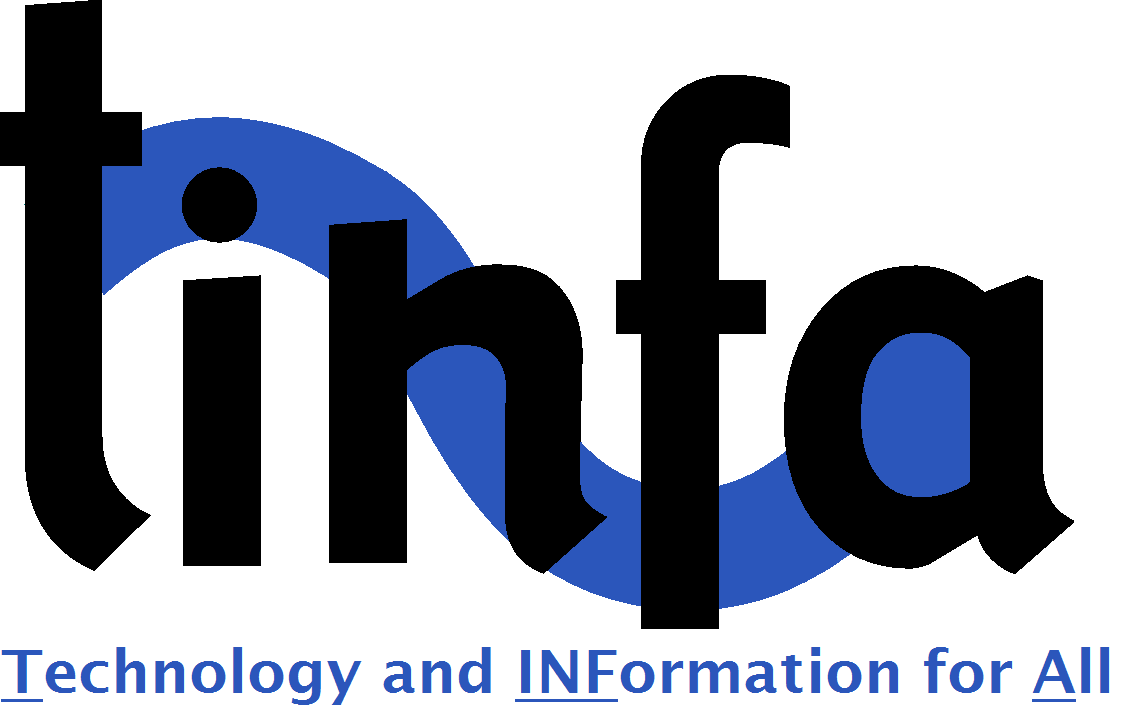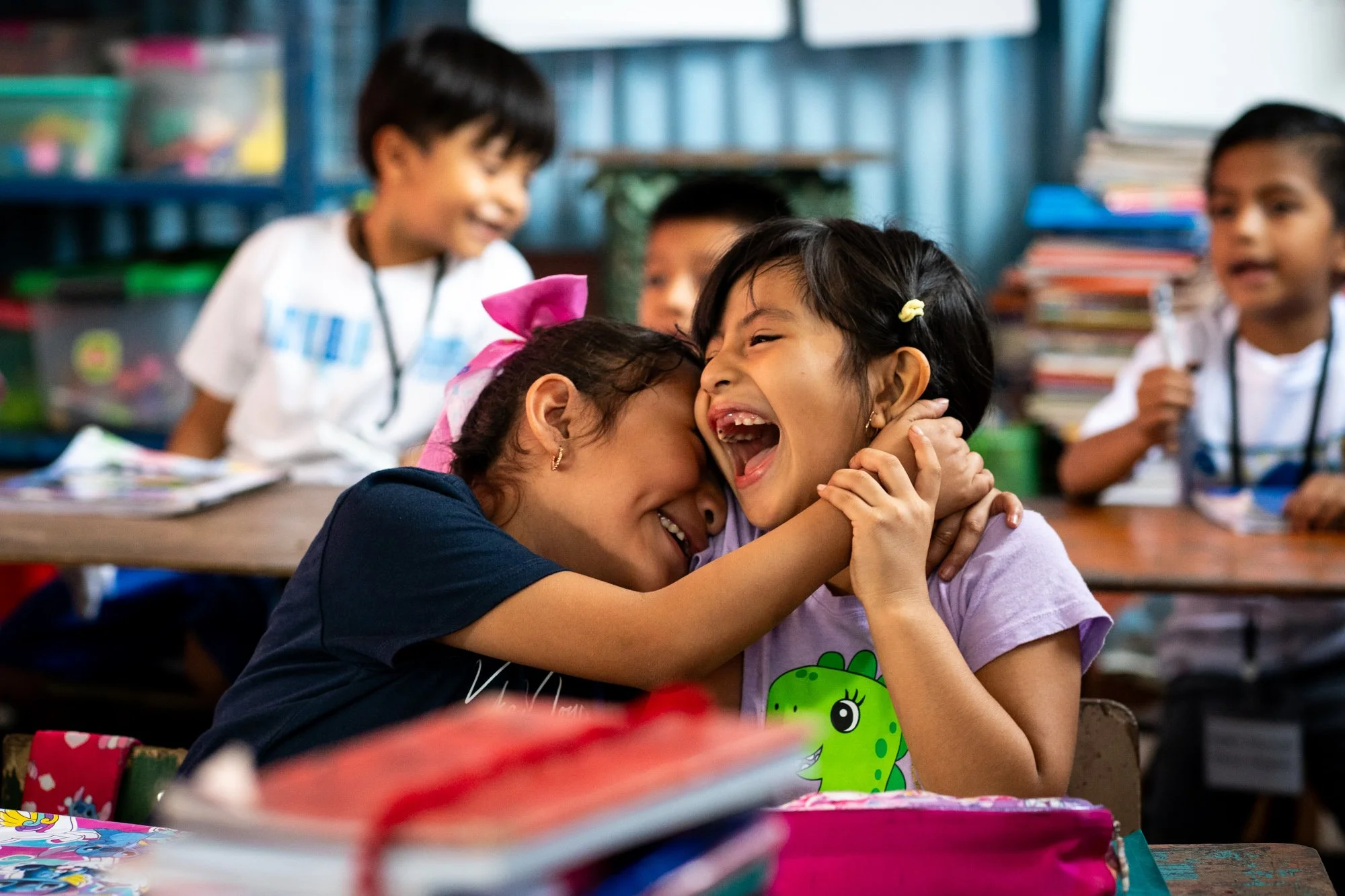Today, through SKYPE, I joined virtually a 3rd grade class, with Maestra Marlene. The subject of the lesson was the digestive system.
Marlene had plugged in the computer, the projector and the screen. She showed a short educational video of the digestive system to her students. She paused the video several times to ask the students questions. At the end of the video, she projected a large colorful image of a human body, and called various students to point out to the different organs.
The children were attentive and engaged (although a little distracted by my virtual presence).
Marlene could clearly show that after few months of training and support, she had mastered connecting the equipment, searching and selecting appropriate material, and incorporating it all to create an engaging class. It was impressive.
As a cherry on the cake, the students had practiced a “mother’s day song” that they wanted to perform. It was Karaoke style, with the words projected on the screen.
Here is a very simple one minute video of this exchange : http://www.tinfa.org/tyfyd/
Corcho del sur has created its own blog, with few pictures of the school. Take a look, and don't hesitate to live a comment.


















